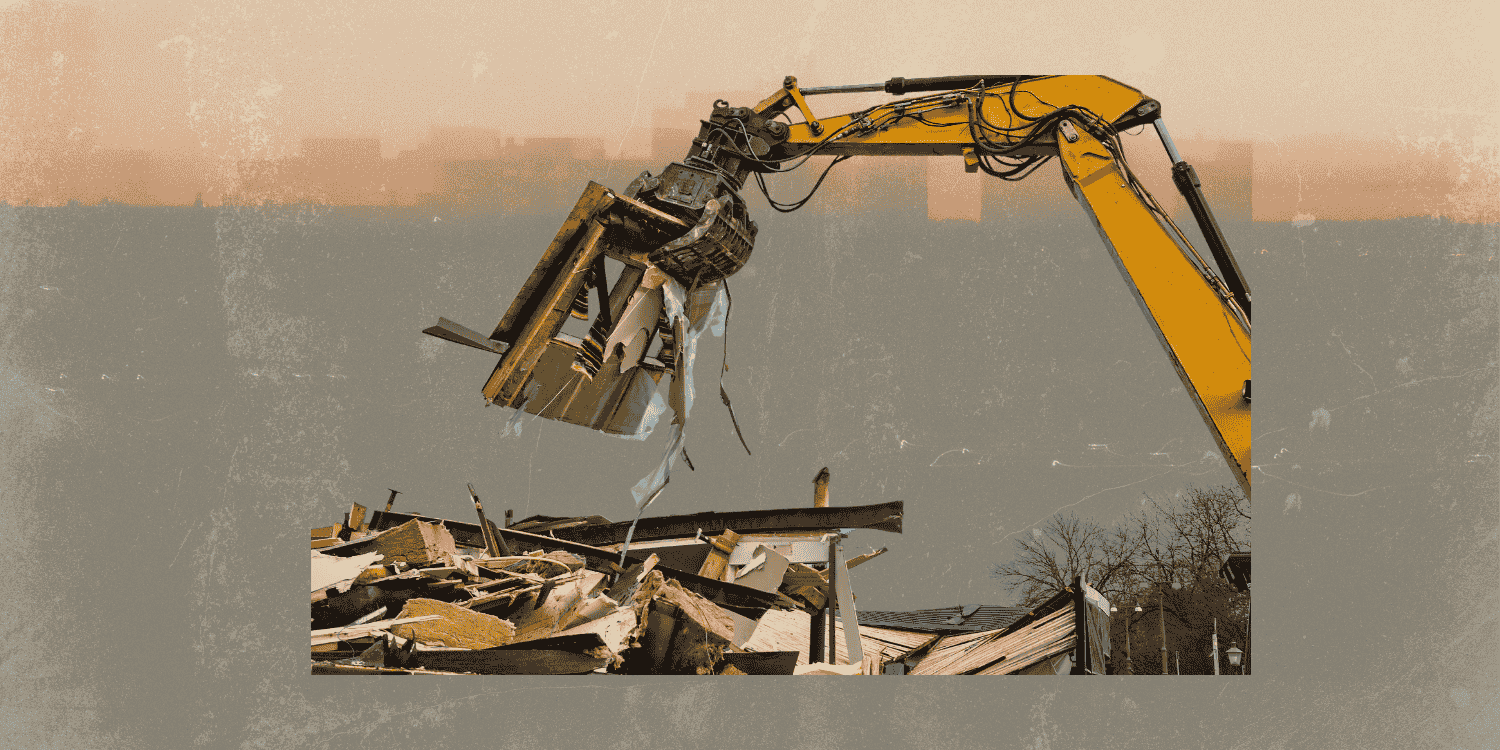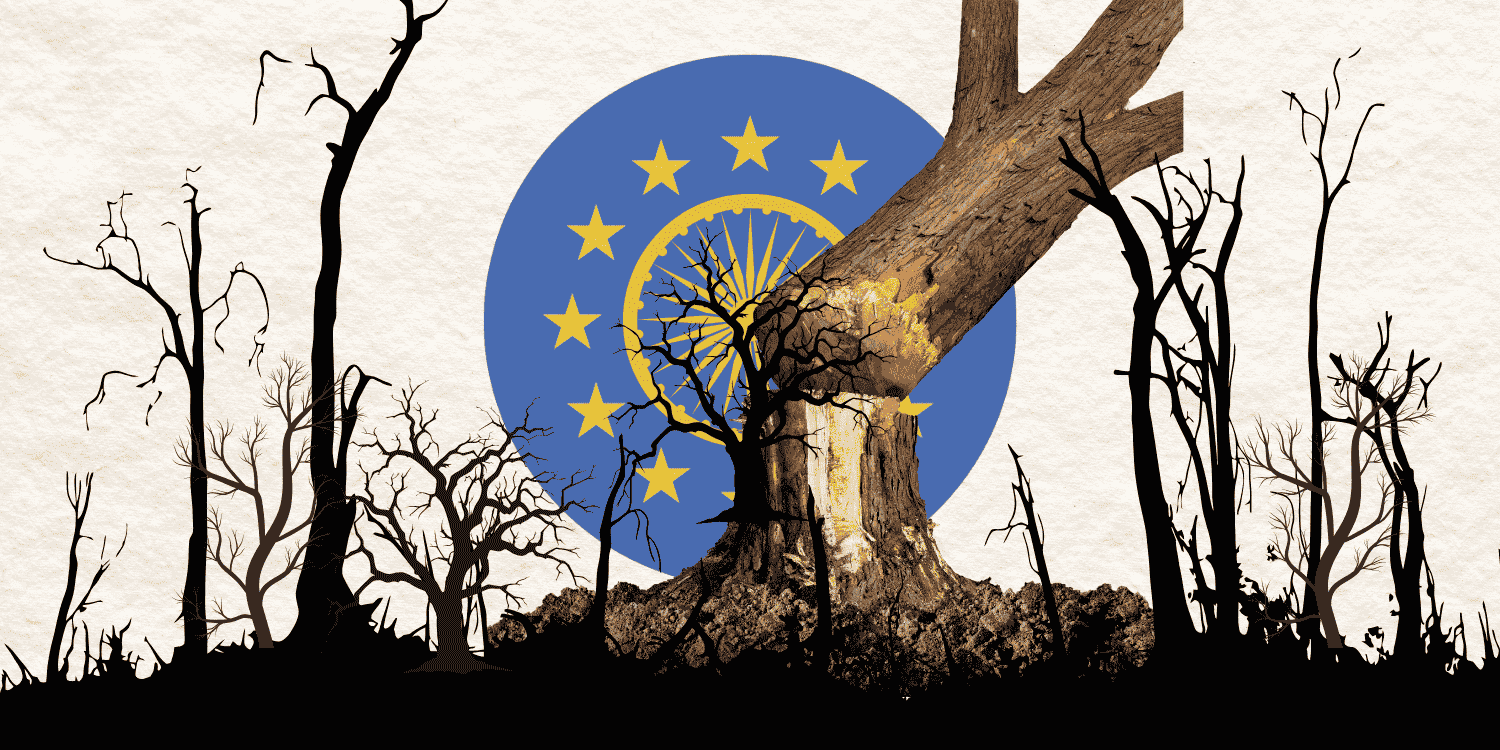ABSTRACT
2021 saw the largest displacements due to disasters. One of the impacts of climate change has been the increased variability and uncertainty around rainfall patterns which drastically increase the risk of floods. The magnitude of these floods is projected to increase further in the coming years, amplifying the risk of population displacement. Floods have already begun to displace communities, pushing them to migrate in order to rehabilitate. A region in particular that continues to witness devastating floods is the northeastern state of Assam. In 2022 alone, floods in Assam impacted nearly 55 lakh people, leading to their immediate displacement and homelessness. This paper will analyse how natural disasters, primarily floods, increase the risk of displacement of vulnerable communities and if the measures taken for disaster management and rehabilitation are adequate. Through the case of Assam, this paper will explore how over the years, due to the combined effects of its natural topography and climate change, the state’s vulnerability to disasters has increased.
Keywords: Floods, Displacement, Marginalised Communities, Assam, Disaster-Management
NATURAL DISASTERS: FLOODS IN INDIA
As a result of climate change, there is a growing number of disappearing coastlines, deep droughts, and flooded homes. Natural disasters have caused widespread damage and destruction, impacting around 28.8 crore people globally (Kam et al., 2021). Floods often cause sudden displacement of a large population, temporarily or permanently (Robinson, 2003). People may move due to flooding that has already occurred or as a precautionary measure before a future flood. It is one of the significant causes of displacement, accounting for 63% of people displaced from their homes as compared to violence and conflict (Kam et al., 2021). These displacements can be prolonged if the infrastructure has been significantly damaged, disrupting the livelihoods of the affected communities. United Nations Disaster Risk Reduction (n.d.) defines a disaster as “a serious disruption of the functioning of a society, causing widespread human, material, or environmental losses which exceed the ability of the affected society to cope using its own resources”.






